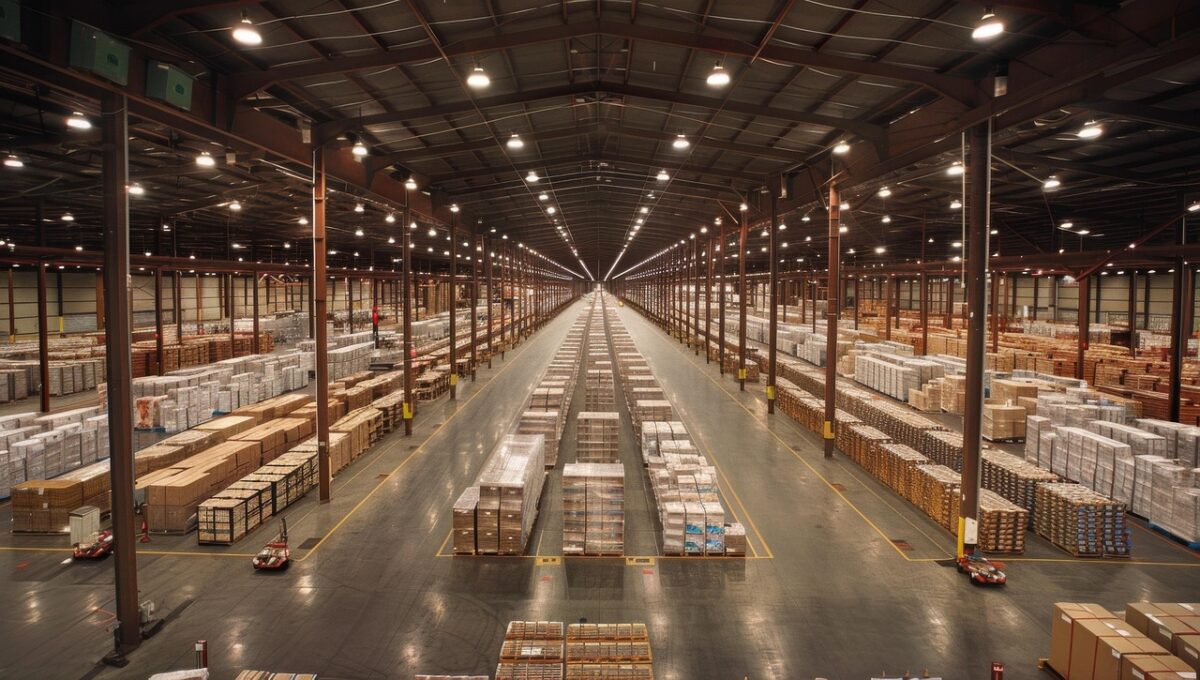By James A. Schnur, CCIM
President and Designated Managing Broker
Integrated Real Estate Solutions
LinkedIn
In our fast-paced culture of instant gratification, consumers shop online for literally everything. Whether buying appliances or pizza, they expect their purchases to appear within minutes of placing their orders. “Overnight” has given way to “same-day” delivery. Consumers can now track their purchases in real time. These expectations can cause logistical nightmares for businesses.
MITSloan Management Review cited that last-mile delivery expenses comprise nearly 53% of total supply chain costs. For this reason, vendors must optimize the locations of their last-mile distribution centers to complete the final step of delivery in both an economical and an efficient manner.
What is a last-mile distribution center?
These facilities support the last link in the transportation chain of a product from manufacturing to the consumer. From the distribution warehouse or hub, products are transferred to delivery vehicles for the final leg of the journey along the supply chain. Unlike fulfillment centers that manage inventory, process orders, and package products, last-mile distribution centers sort and deliver the already packaged purchases.
What obstacles must last-mile distribution overcome?
Last-mile distribution centers are at the mercy of the fulfillment system, relying on the activities up the chain to maintain sufficient inventories, accurate picking processes, correct orders, and precise packaging and labeling. Any mistakes in these areas adversely affect last-mile distribution, resulting in higher delivery fees or costly returns.
Businesses, striving to stay competitive, must offer “same day” or “next day” delivery options, adding to their shipping costs and subtracting from their company’s profits. Returns also prove costly. A report by the National Retail Foundation predicted the industry’s total returns would rise to $890 billion in 2024.
Little wonder that improving the efficiency and effectiveness of last-mile distribution is critical to a business’s bottom line. But last-mile distribution centers in urban areas have particular issues. Road usage regulations and traffic congestion areas, as well as higher real estate costs, make locating these centers particularly challenging. These issues highlight the advantage of consulting with logistics professionals when considering the location of an urban last-mile distribution center.
What should a business consider when optimizing the location for last-mile distribution?
The real estate broker’s old adage, “location, location, location,” certainly applies to last-mile distribution centers.
- Locate near Labor: It’s estimated that half of the cost of last-mile delivery relates to labor. Workers must coordinate the orders, manage deliveries, load vehicles, operate transportation, and drop orders at the customers’ locations. A densely populated urban area provides a healthy source of labor.
The U.S. Bureau of Labor Statistics cites that hourly wages for drivers/sales workers vary from $10 to as much as $29.37 per hour. The bureau also offers state-by-state statistics on the number of individuals employed as drivers. Locating near a high concentration of cheaper labor helps reduce labor costs.
- Locate near the Customer: Whether managing in-house delivery or outsourcing deliveries to a third-party logistics company, businesses need to know the demographics of their customer base to save transportation expenses. They should locate distribution centers or hubs in close proximity to the majority of their customers. If the customer base is widely distributed, organizations may find using multiple hubs in various locations advantageous.
- Locate near Transportation Infrastructure: Situating a distribution center with easy access to major roads and highways cuts travel time, fuel costs, and wear of delivery vehicles. When locating in urban areas, think about traffic congestion challenges. Determine the availability of adequate parking. Urban locations also must respect regulations on the use of large vehicles. Using route optimization software, businesses can determine the most cost-effective delivery routes, saving on fuel costs and improving delivery times.
Many companies prefer urban warehousing where they can use the services of third-party logistics companies (3PLs). These 3PLs enjoy the benefits of an urban environment where they serve a concentrated customer base, have access to robust transportation networks, and can offer specialized delivery services due to high population density.
When optimizing an urban location for last-mile distribution, consider enlisting the assistance of consultants who can find the most economical and efficient site. The professionals at Integrated Real Estate Solutions, Inc. offer real estate brokerage and consulting services to help businesses locate these centers in the most logistically advantageous urban locations.
Integrated Real Estate Solutions, Inc. provides clients with the in-depth knowledge and experience that is critical to determine the right path to your next move, lease renewal, or strategic repositioning of your real estate portfolio. Contact us or call 847.550.0160 today about your needs and put our success to work for you.

